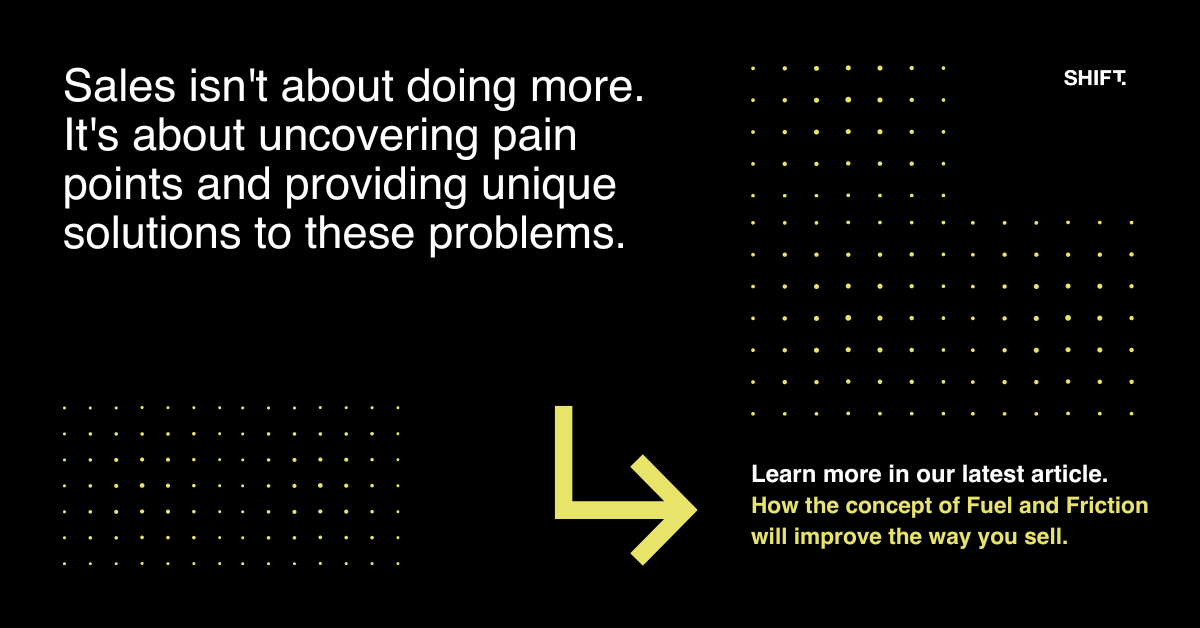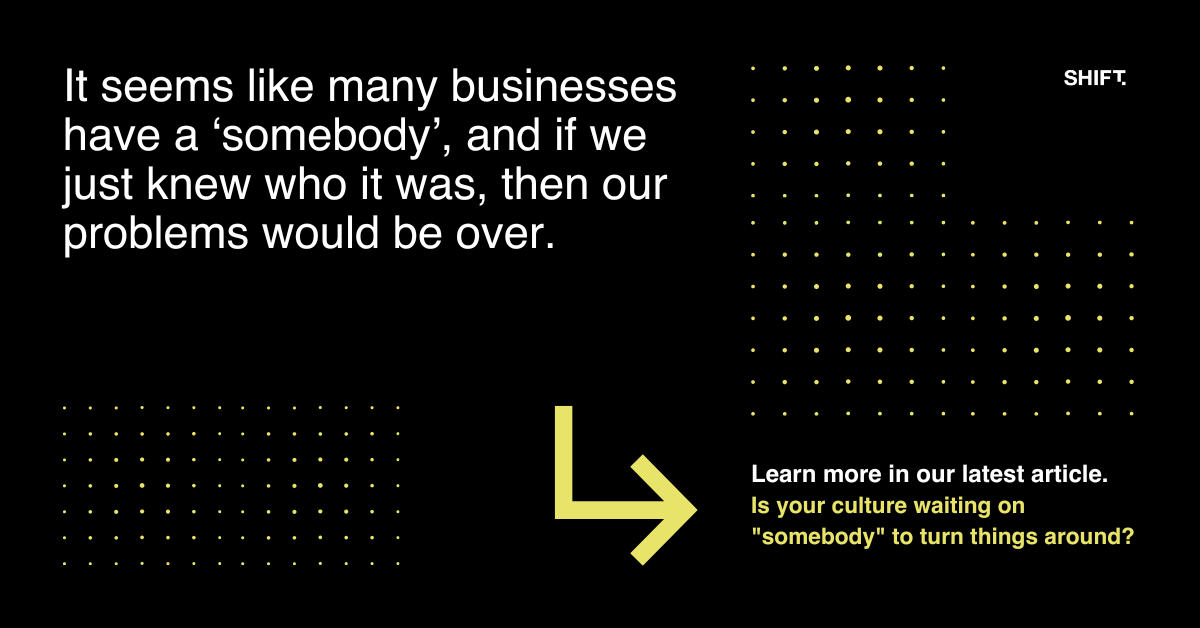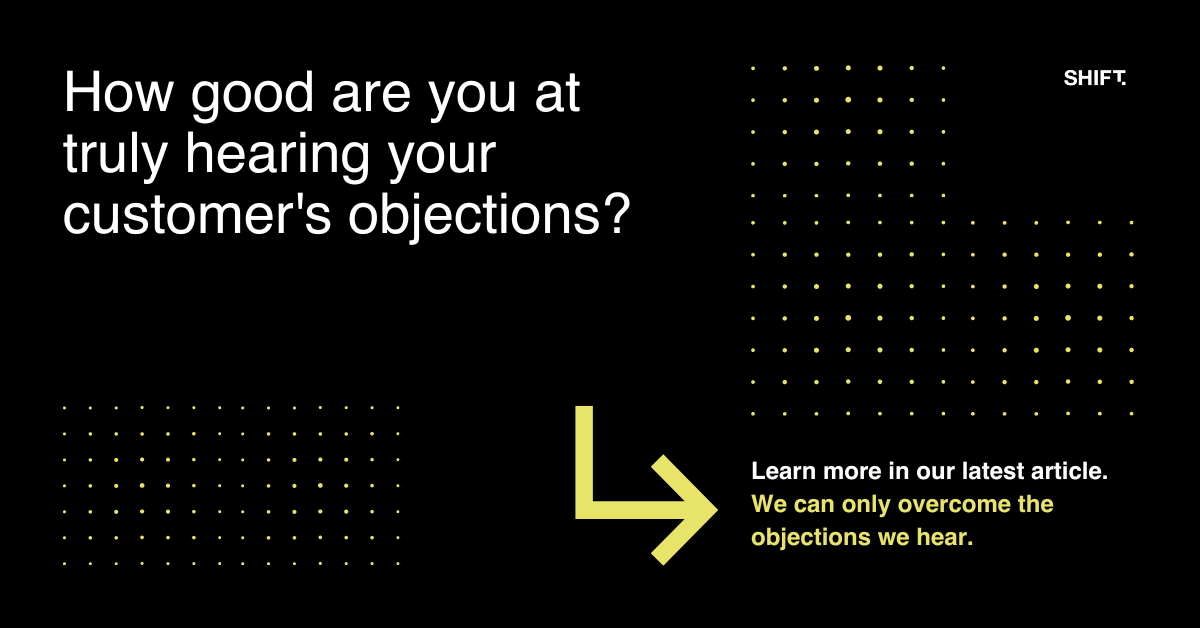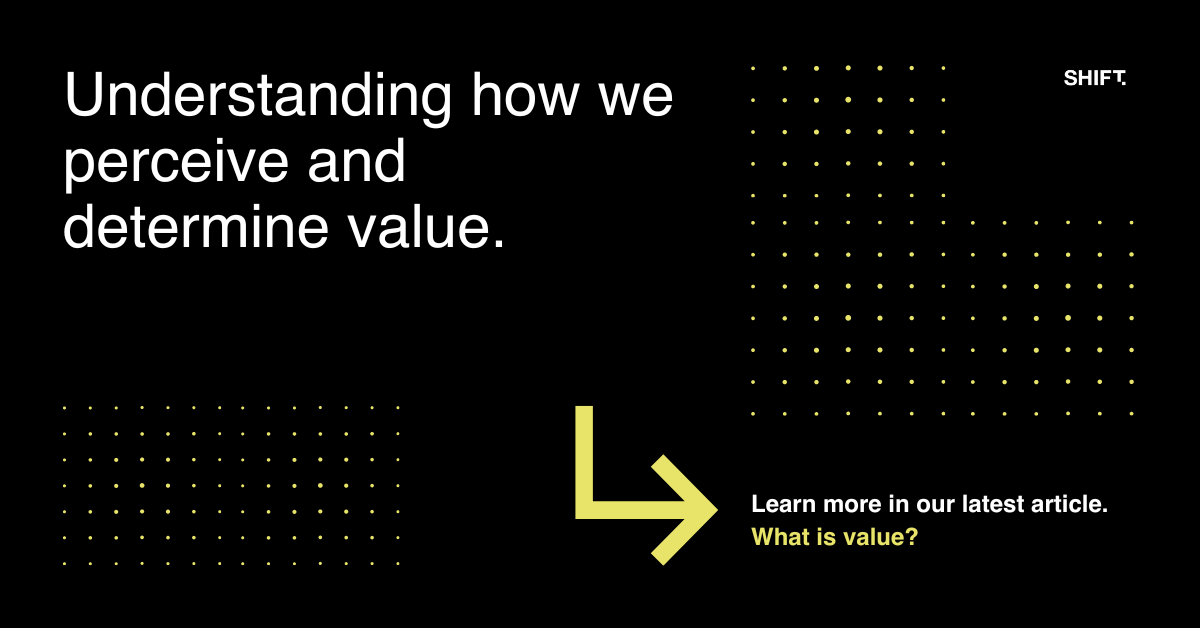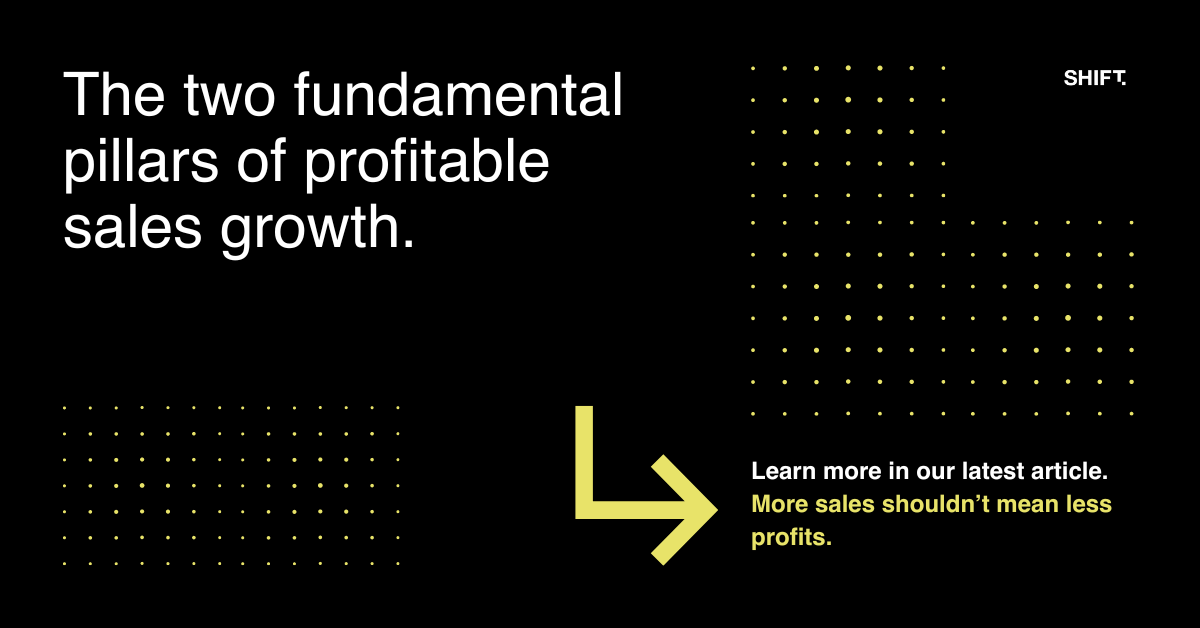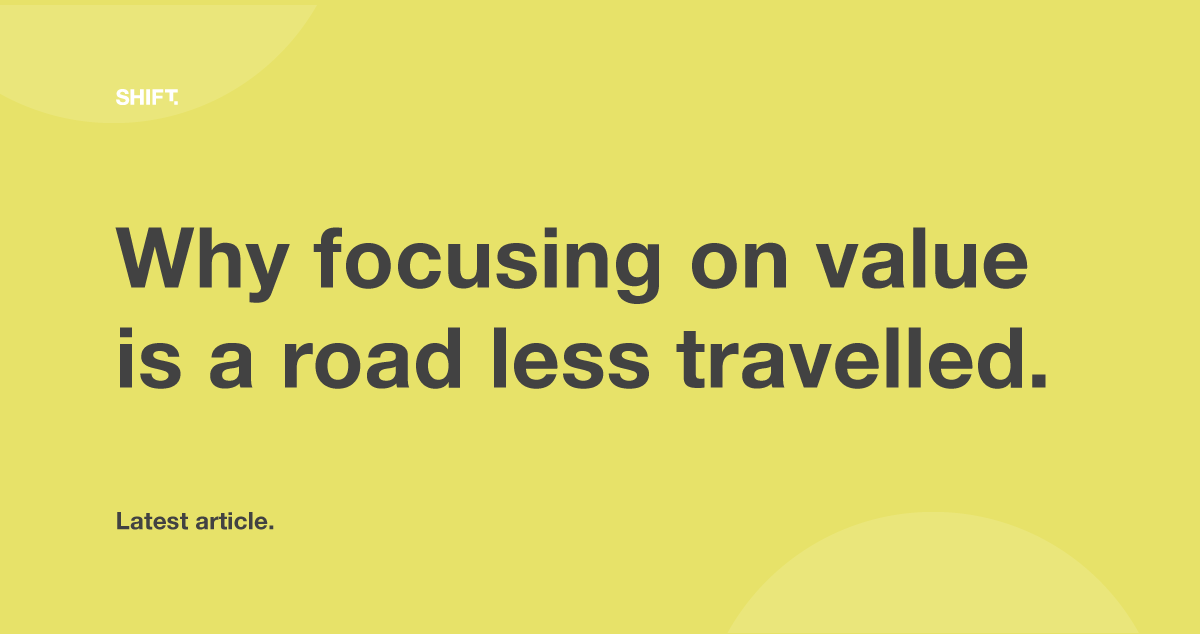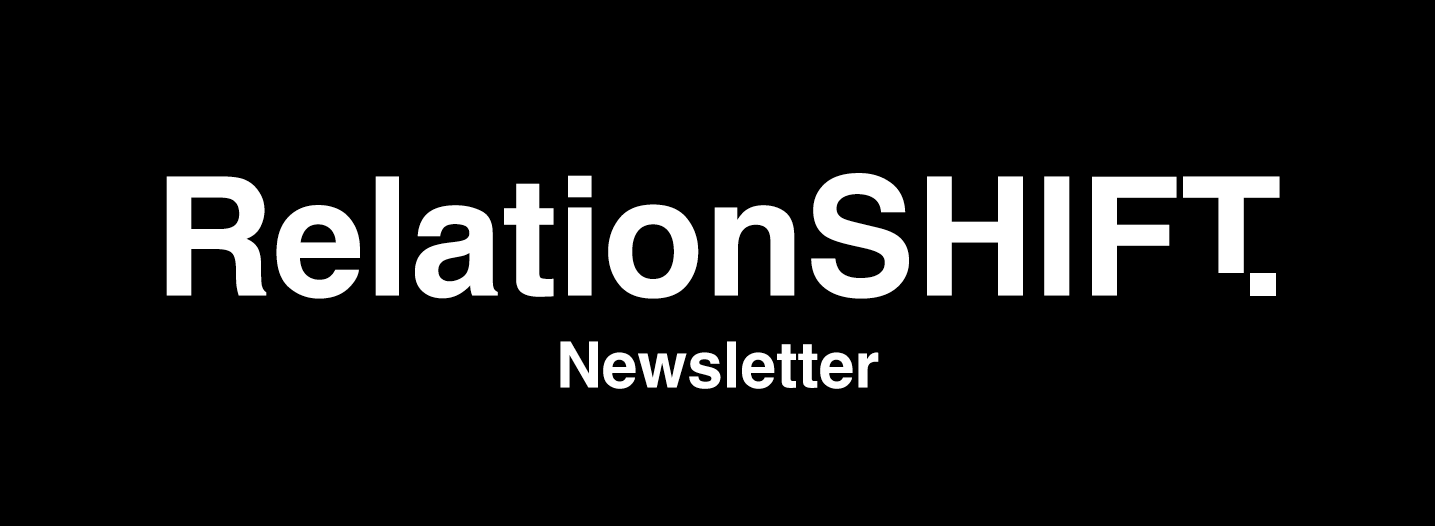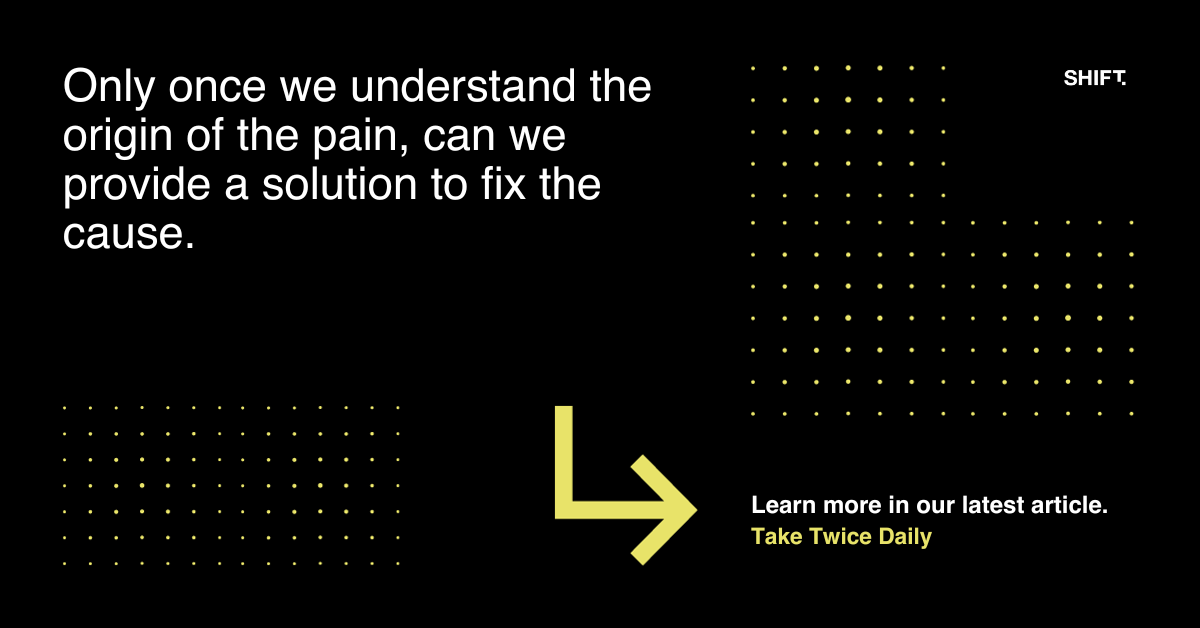It is so easy to have value discussions when the market is buoyant and conditions are conducive to growth. It is so easy to say “our customers buy off us because of what we do and the value they get” when demand is high and business seems to be going well.
The real test of a business and their true understanding of the value they bring to their customers, comes to bear when the market drops off and when economic conditions take a negative turn. We are driven to succeed by way of hitting our sales targets and when all is going well we attribute this to the positive things we do and our brilliance as a sales organisation – (and it well may be because of that).
Why then do businesses drop their prices when revenue starts to suffer?
It is so easy to have value discussions when the market is buoyant and conditions are conducive to growth. It is so easy to say “our customers buy off us because of what we do and the value they get” when demand is high and business seems to be going well.
There is the obvious – ‘our costs as a % grow exponentially against our revenue line’. Then there is the not so obvious – we really don’t understand why our customers buy off us and what our value is to them. We assume we know and we judge this by what we believe as against what our customers experience.
So, let's look at the first scenario – sales have dropped because the market has turned and costs are now eating into profitability. If you drop prices by 10%, you then have to increase sales by anywhere from 30% to 50%, (depending on your margin), to give you the same bottom line return in $ value to get back to where you were to cover your costs and maintain your $ profit. If you want to just maintain sales numbers at a lower margin then you had better start working hard on your costs because the bottom line is going to suffer.
It is so easy to drop prices and start the race to the bottom!
Or, we have the second scenario - we could understand the value we bring to our customers and focus our teams on selling this. The fact is that in a negative market customers focus’ shifts, their view of risk changes. The way we view the world in a bubble is different to the way we view the world when the bubble bursts. You only have to look at the share market and the language being used now as to a year ago.
The opportunities are still there, we just have to work a little smarter and understand the behaviours this new world now reinforces.
The risk from a customer’s perspective is now not about missing out on something they don’t have yet, but more about losing what they already have. Risk becomes amplified.
Because of this new perspective, ‘value for money’ becomes even more important. ‘If I am going to spend it then I want to ensure it is of value and will not leave me at risk.' Risk of the product or service failing. Risk of losing time or money because I have bought cheap. Risk of my reputation if something goes wrong.
No matter what the market conditions, the most successful path is the road less travelled. The road in which we ensure our whole business understands the value it brings to its customers and knows how to sell this value. We then don’t need to second guess what we are doing if the market takes a turn for the worse, just adapt and look to where our value proposition needs to take us.
Sales may still suffer because we cannot control the whole economy. However, we can control our profit, how we adapt to market conditions and how we continue to add value!
Andrew Nisbet
